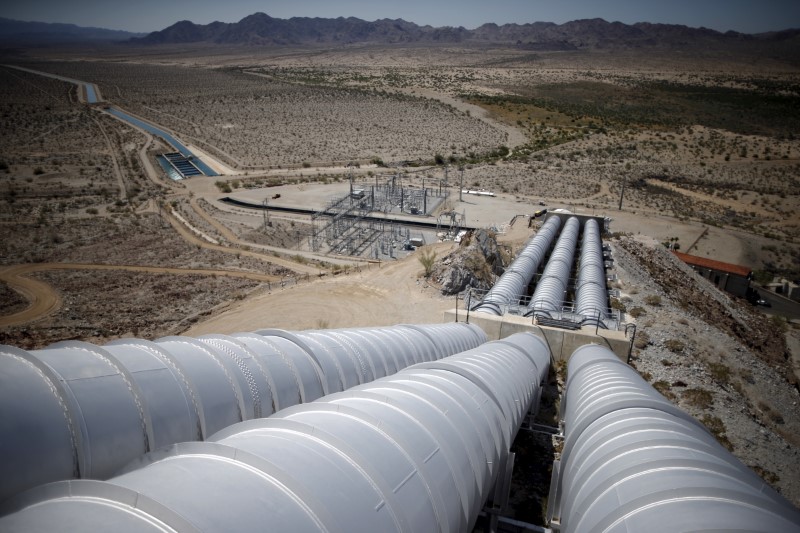Investing.com - Crude rebounded mildly in Asia on Monday with an OPEC and allies meeting later this month on the state-of-play for production cuts coming into sharper focus.
The U.S. West Texas Intermediate crude August contract rose 0.23% to $44.33 a barrel by mid-afternoon in Asia. Elsewhere, on the ICE Futures Exchange in London, Brent oil for September delivery was last quoted up 0.24% to $46.82 a barrel.
Fresh weekly information on U.S. stockpiles of crude and refined products on Tuesday and Wednesday to gauge the strength of demand in the worldís largest oil consumer.
Meanwhile, investors will keep an eye out for monthly reports from the Organization of Petroleum Exporting Counties and the International Energy Agency to assess global supply and demand levels.
Data released Monday showed that the Consumer Price Index in China rose 1.5% year-on-year in June, meeting expectations. The Producer Price Index rose 5.5%.
Earlier, Japan reported its unadjusted current account surplus at •1.654 trillion, narrower than the •1.796 trillion seen, while core machinery orders fell 3.6% on year in May, compared to a gain of 7.7% seen. USD/JPY changed hands at 113.98, up 0.06%.
In the week ahead, investors will focus on Fed Chair Janet Yellen's testimony on monetary policy as well as U.S. data on inflation and retail sales, due out on Friday, and trade data from China on Thursday.
Last week, oil prices fell sharply on Friday to log their sixth weekly loss in the past seven weeks, as concerns over a glut in the market continued to weigh on sentiment.
For the week, WTI lost $1.81, or about 3.9%, while Brent fell $2.06, or roughly 4.2%, their sixth such loss in seven weeks.
U.S. drillers added seven oil rigs in the week to July 7, energy services company Baker Hughes announced on Friday. This brings the total count up to 763, the most since April 2015.
The report came after U.S. government data revealed that total domestic crude production rose by 88,000 barrels a day to around 9.34 million barrels at the end of last week, underlining concern that the ongoing rebound in U.S. shale production is derailing efforts by other major producers to rebalance the market.
In May, OPEC and some non-OPEC producers extended a deal to cut 1.8 million barrels per day in supply until March 2018.
So far, the production-cut agreement has had little impact on global inventory levels due to rising supply from producers not participating in the accord, such as Libya and Nigeria, and a relentless increase in U.S. shale oil output.
Russia, which is cooperating with OPEC in a deal to stem production, said it was ready to consider revising parameters of the deal if needed.
Oil ministers from five countries monitoring the deal plus Saudi Arabia will meet on July 24 in Russia, when they could recommend adjusting the pact.
OPEC officials have been talking about whether production by Libya and Nigeria should be capped, although such a step would face resistance from those countries.
